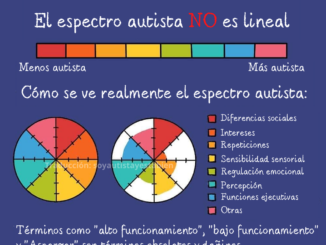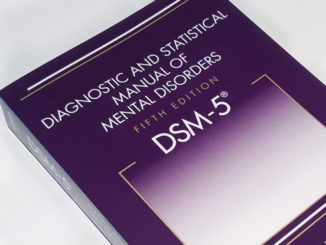In continuing discussing about intersectionality, today’s discussion is about Autism and sex.
Note that I am using the term “sex” here because I will be doing a separate post about autism and gender, which is its own complicated subject. What this post is about is not autistic people having sex or autistic people’s sexuality (although those, too, could be their own whole posts — and I recommend @The Deaf Autistic OT’s page for that info!), but rather the disparities between diagnoses and experiences in autistic people who are assigned male at birth/socialized as male, and autistic people who are AFAB/socialized as female.
Like the historical disconnect in diagnosis of autism across races, there has also been a disconnect between diagnosis of men and boys, and diagnosis of women and girls. From earliest on, when Leo Kanner and Hans Asperger described children with autism, they were boys; even still today, it’s diagnosed in boys about 4x as often as in girls, although girls are often diagnosed later in life, especially if they seek it out, and make up some of the disparity. At least part of this disparity is decidedly due to diagnostic bias, because there have been studies which simultaneously tally the reported statistics (i.e., take the number of people diagnosed with autism) and also administer and score tests for autistic tendencies (i.e., also screen for autism right then and there), and those studies come out with a much lower disparity rate than ones that solely tally the number of people diagnosed with autism. The conclusion to that, then, is that there are plenty of girls and women who are autistic who do not have a formal diagnosis.
Because of this, it almost becomes a prophecy that fulfills itself: diagnostic tests, for example, are usually based on what traits are most common across people with autism, and if the people with autism who were studied in order to create the test are all (or largely) male, then the tests reflect those tendencies without looking at the ways autism might present differently in women. There are a lot of studies as well about how autism presents differently in women — it’s an emerging field of study — but it’s still lagging behind in the research, and the diagnostic tests take even longer to catch up than the research does (because they have to be based on the research!)
For whatever reason, girls are more likely to naturally intuit how to mask their autistic tendencies. Their special interests are more likely to seem “appropriate” or within the realm of “typical”, and their ability to function socially is more likely to seem within the realm of typical, too.
I am going to put up links to autism questionnaires and self-diagnostic criteria in general later this month. However, this is a list of traits that are common among autistic women, that also seems appropriate to include here.
There is likely not a fully 50/50 split in autistic men and women even if all biases could be entirely screened out. The actual ratio may fall somewhere around the 3:1 range, as this is reflected in some studies that have tried to screen out bias. Autism is a neurological difference with a genetic component, which does mean that there can be differences in the gene expression across sexes. However, some #actuallyAutistic people do believe that it is a 50/50 split and the differences in interpretation of diagnostic criteria truly are that severe. At this time there is not enough evidence to know for sure, but we do know it is underdiagnosed in women and people who are raised as female.



